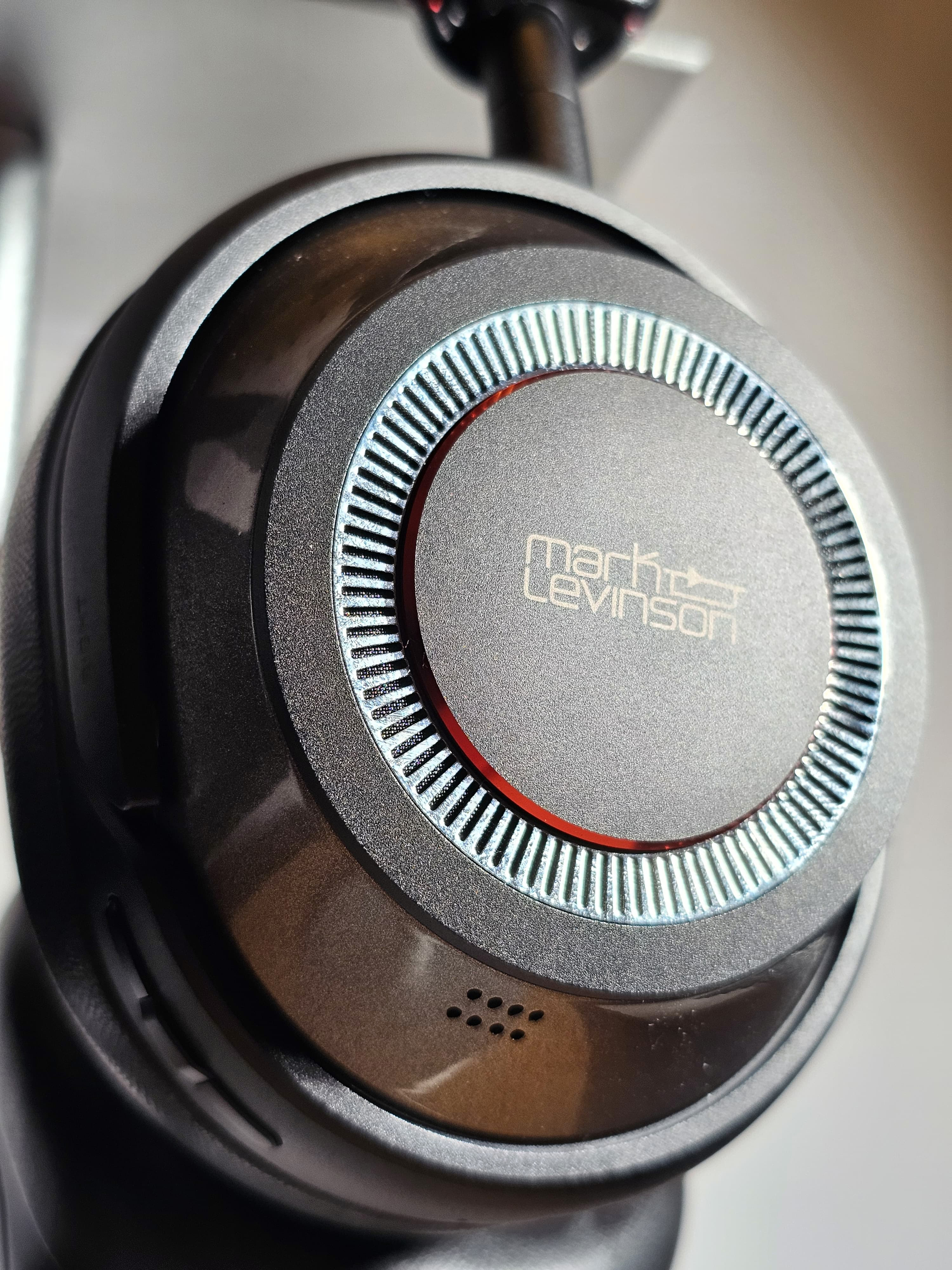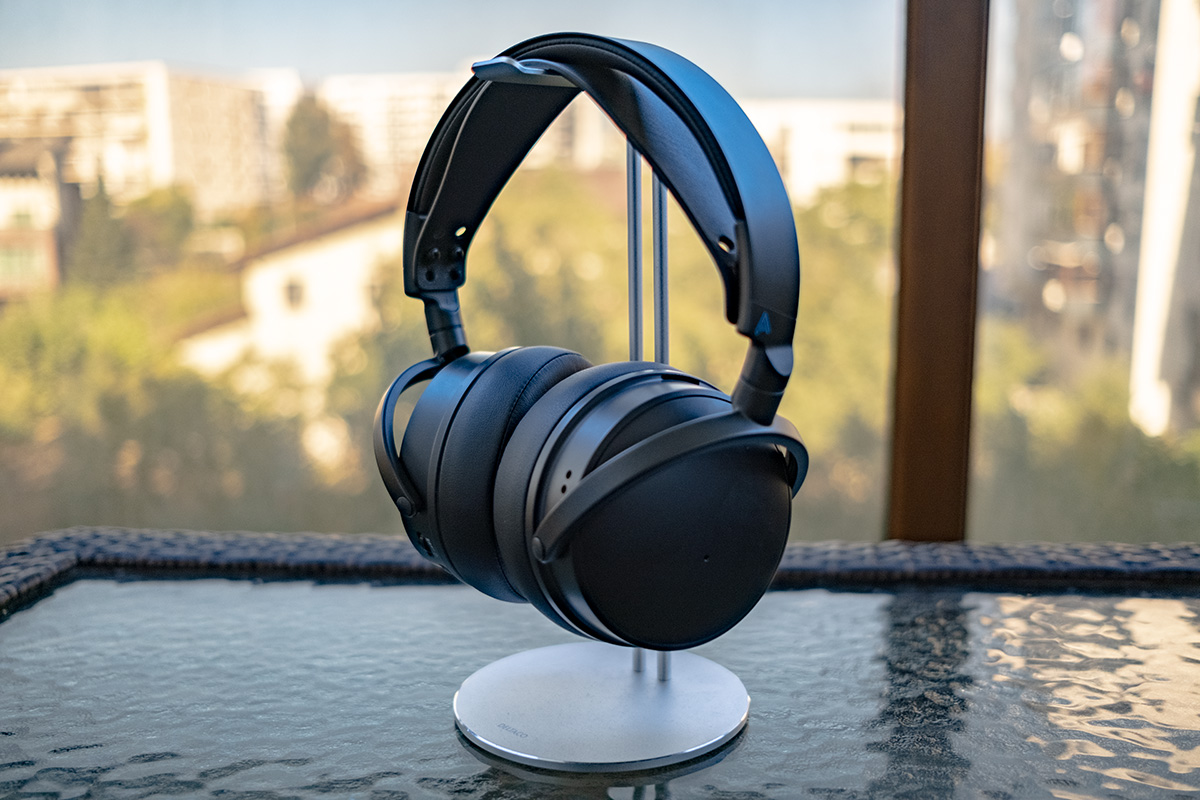If you read some of my early stories on how I got into this hobby, you may already know that Burson was an important brick in the foundation of my journey.
My first headphone amplifier was Corda Cantate 2. When I listened to the Burson HA-160DS, I was kind really impressed, especially since the 160DS also had a better DAC than the very rudimentary one found in Cantate 2.
At that moment I had a pair of Sennheiser HD650 and in the combination they sounded quite nice. It’s funny how in the headphone department I have returned to Sennheiser HD650 and Audeze LCD-2 Classic.
When I have first auditioned Burson Conductor at one of my best friend’s house, I was literally floored. I remember one of my other friends just receiving his newly bought Asus Xonar Essence One. I called him after listening to Conductor and I told him that this amplifier wipes the floor with any other amplifier I have heard at that time.
The guy is still reminding me to this day how I fu**ed up his new toy enthusiasm. Of course, I didn’t know he just received his new toy, but long story short….funny context.
Of course, at that moment I was just at the beginning of the audiophile journey and I was easier to impress. Since then I listened to tens of or even hundreds of new audio gear, but Burson Conductor still sounds good.
Considering that it’s been a while since I’ve listened to the any new Burson Products, I said it’s time to see what they are up to, so here we are.
As you may already noticed from my posts, I have also massively went into speaker audio, so this is why I chose my first try with newer Burson products to be Burson Bang.
Intro & Specs
When I first saw this amplifier, to say that I was skeptical would be an understatement. The Bang is smaller than Burson Conductor, I would say at least 3 times smaller, and Conductor was a headphone amp. It’s smaller than my new Massdrop THX-AAA Headphone amp.

I was going to test both my speakers with this little amp that can almost fit in my palm.
If you want to learn more about the product, you can do so directly from the source.
Specs
| Measurement | Package Content | ||
| Input impedance: | 100 KOhms | Burson Bang Unit | 2.5mm hex key |
| Frequency response: | ± 1 dB 0 – 20Khz | Power Supply | 100-240V AC (12V 10A) |
| THD: | <0.03% | ||
| Output impedance: | 1.5 Ohm @ 1 kHz | ||
| Signal-to-Noise Ratio: | 92.5dB | ||
| General | |||
| Inputs: | 2 X RCA (2V RMS line level) | Weight: | app. 2.5Kg |
| Outputs: | 2 X Speaker Outputs | Dimensions: | 210mm x 145mm x 45mm |
| Impedance | Power | Signal to Noise Ratio | Separation |
| 4Ohm | 40W | 91db | 99% |
| 8 Ohm | 29W | 91db | 99% |
| 16 Ohm | 15.2W | 91db | 99% |
Listening Impressions & Tests
I managed to test Burson Bang with: Martin Logan ESL-11A Speakers , MSB Analog Dac with Quad USB, Soekris 1541 DAC, Piega Coax 30.2 Speakers.
I tested the little amplifier in 2 different speaker systems and it managed to send a very similar message and sound signature in both.
The difference was on the bass section since ESL-11A are active for that frequency range while Piega Coax 30.2 are not. While it did stick with a similar decay, Coax 30.2 was a little too much for the Bang. It didn’t sound bad, but it did not manage to control the bass section so that it can create a fully controlled and deep bass. Other than that, it did sound punchy and the rest of the sound was natural and enjoying enough. That’s a big thing, considering that Coax 30.2 are not easy speakers to deal with.

The surprise was with my main speaker system, with the Martin Logan ESL-11A where it really managed to impress me.
Summary
Bass
The bass is punchy and fun if the speakers are not very power hungry. It’s not very controlled, detailed or deep, but overall it has a nice impact and decay.
Midrange
I think this is the interesting part about this amplifier. It’s not the cleanest or the most detailed midrange, but it has natural tonality and textures. The voices are present and have pleasant tonality.
Treble
Can’t say I have noticed something out of the ordinary here. It’s not squeaky or bright and overall it sounds natural.
Tonality
This is where this amplifier does it’s job quite nicely. It’s not very easy to get the right tonality sometimes in audio, but Bang does a good job in bringing natural and pleasant tonality to the table.
Transients & Imaging
The transients are not something to catch your attention. I would say that the attack is quite decent and decay is not very fast, but good enough. The transition between notes is not done abruptly, creating a closer to smooth sound signature.

Conclusions
Considering the price and size, Burson has done a good job with picking the name, as this amplifier is a good bang for the buck. When I think of it, a few words pop to mind: fun, natural and smooth.
Can’t say it excels at something in particular, but I can say that it doesn’t do anything wrong. It just sounds good.
Pros
- Natural tonality
- Decently detailed
- Natural and well textured midrange
- Well built with a very small footprint
- Good bang for the buck
Cons
- Can’t pick on it at this price and size






Leave a Reply